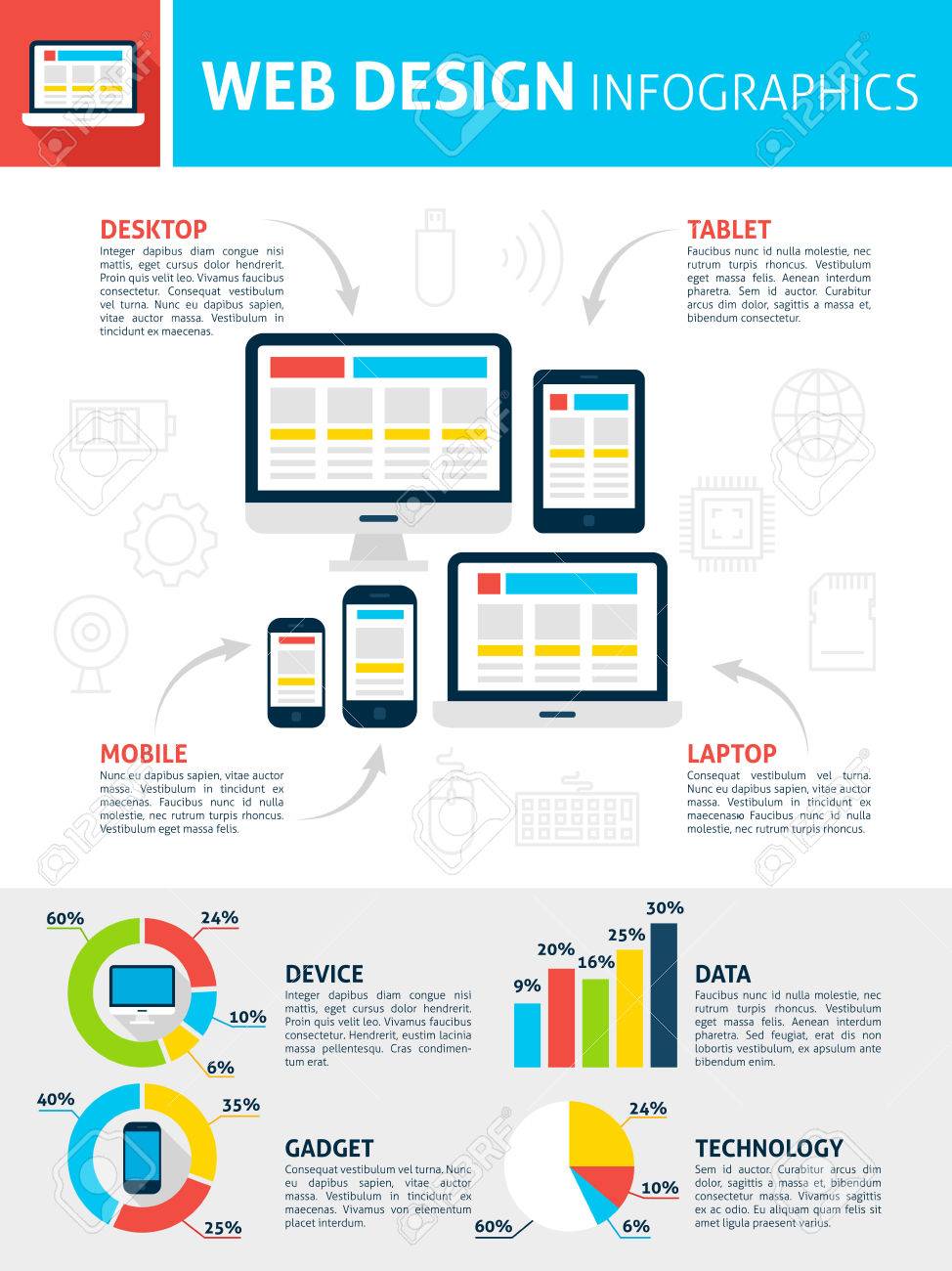The Growth Of Web Site Layout: From Earlier Times To Now
The Growth Of Web Site Layout: From Earlier Times To Now
Blog Article
Article Composed By-Johnsen Dalby
In the past, web sites were straightforward and focused on details. Navigation was straight, and design was for desktops. Now, individual experience is crucial. Information overviews designs for very easy navigation. Responsive formats suit different gadgets. just click the next post , dark mode reduces stress, and minimal food selections enhance navigating. Highly recommended Web-site engage users, and strong visuals stick out. AI combination enhances interaction. See how design has actually evolved to boost your online trip.
Early Days of Website Design
In the very early days of website design, simplicity preponderated. Sites were standard, with minimal shades, font styles, and designs. The focus got on providing details instead of fancy visuals. Customers accessed the internet with slow-moving dial-up links, so rate and capability were vital.
Navigating menus were straightforward, generally located on top or side of the web page. Internet sites were made for computer, as mobile surfing wasn't yet widespread. Web content was king, and developers focused on easy readability over complex style components.
HTML was the key coding language used, and developers had to work within its constraints. Computer animations and interactive features were very little contrasted to today's requirements. Sites were static, with little vibrant content or customized customer experiences.
Increase of User-Focused Style
With the development of site layout, a shift towards user-focused design principles has actually become significantly noticeable. Today, developing web sites that focus on customer experience is essential for involving visitors and accomplishing business objectives. User-focused layout involves recognizing the needs, choices, and habits of your target audience to tailor the site's design, web content, and includes as necessary.
Designers now perform complete research, such as user studies and use testing, to gather understandings and responses directly from users. This data-driven approach helps in developing intuitive navigation, clear calls-to-action, and aesthetically enticing interfaces that reverberate with site visitors. By putting the customer at the facility of the layout process, websites can provide an extra tailored and pleasurable experience.
Receptive design has likewise emerged as an essential element of user-focused design, ensuring that sites are optimized for numerous gadgets and screen sizes. This versatility enhances availability and functionality, accommodating the diverse ways customers communicate with internet sites today. Basically, the increase of user-focused style signifies a change in the direction of creating digital experiences that focus on the needs and expectations of completion user.
Modern Trends in Website Design
Discover the most recent fads forming website design today. One popular fad is dark setting design, supplying a smooth and modern look while decreasing eye pressure in low-light environments. An additional key pattern is minimal navigation, streamlining food selections and boosting user experience by concentrating on essential elements. Including micro-interactions, such as computer animated switches or scrolling impacts, can develop an extra engaging and interactive site. Receptive layout continues to be important, guaranteeing seamless customer experiences throughout various devices. Furthermore, using vibrant typography and unbalanced formats can add visual rate of interest and accentuate certain content.
Integrating AI technology, like chatbots for consumer support or personalized recommendations, boosts customer involvement and simplifies processes. Ease of access has likewise become a considerable fad, with designers prioritizing inclusive layout practices to cater to varied customer demands. Accepting sustainability by enhancing website performance for speed and performance is one more emerging pattern in web design. Collaborating with individual feedback and information analytics to iterate and boost style continuously is vital for staying pertinent in the ever-evolving electronic landscape. By welcoming these contemporary patterns, you can produce a visually attractive, easy to use site that reverberates with your audience.
Verdict
As you assess the development of web site layout from the very early days to currently, you can see exactly how user-focused design has actually come to be the driving pressure behind modern-day trends.
Welcome the journey of modification and adaptation in web design, constantly maintaining the customer experience at the forefront.
Stay existing with the most up to date patterns and technologies, and never ever stop advancing your approach to create aesthetically spectacular and straightforward websites.
Advance, adapt, and create - the future of website design is in your hands.
